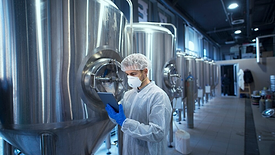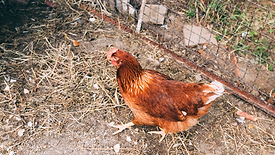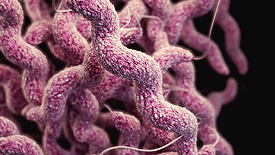Microbiological
Cognitive Security, a Growing Concern for Food Safety: Part 1
Part 1 of this article series will explore the definitive lexicon and define the problem sets for cognitive security


October 15, 2024
BIZTRACKS
HPAI, Salmonella, and More Discussed at U of A One Health Summit
October 14, 2024
Never miss the latest news and trends driving the food safety industry
eNewsletter | Website | eMagazine
JOIN TODAY!Copyright ©2025. All Rights Reserved BNP Media.
Design, CMS, Hosting & Web Development :: ePublishing











